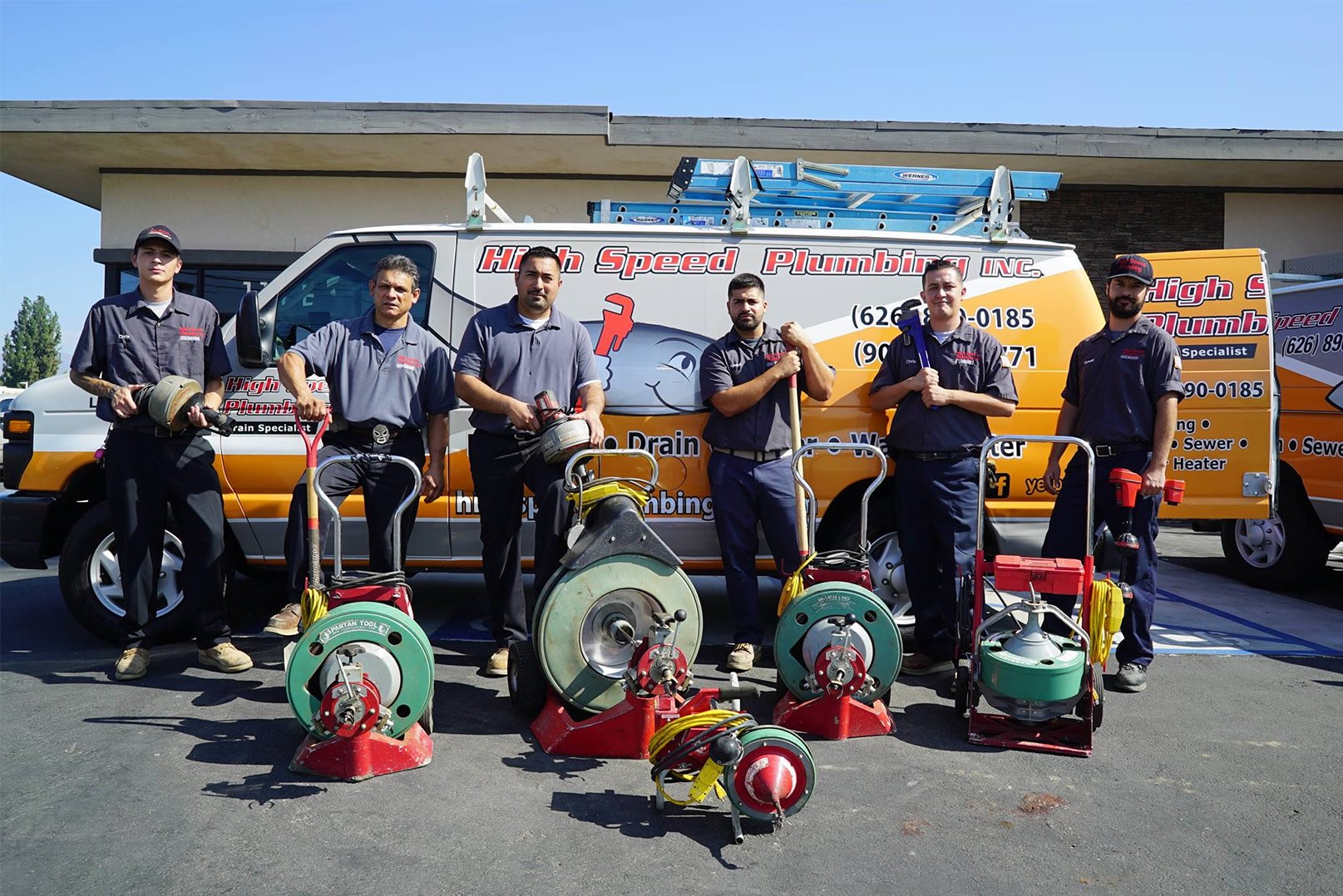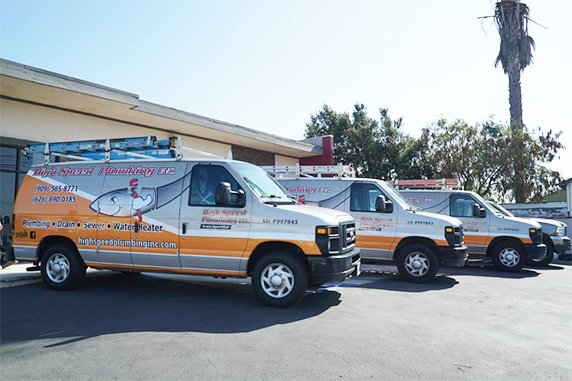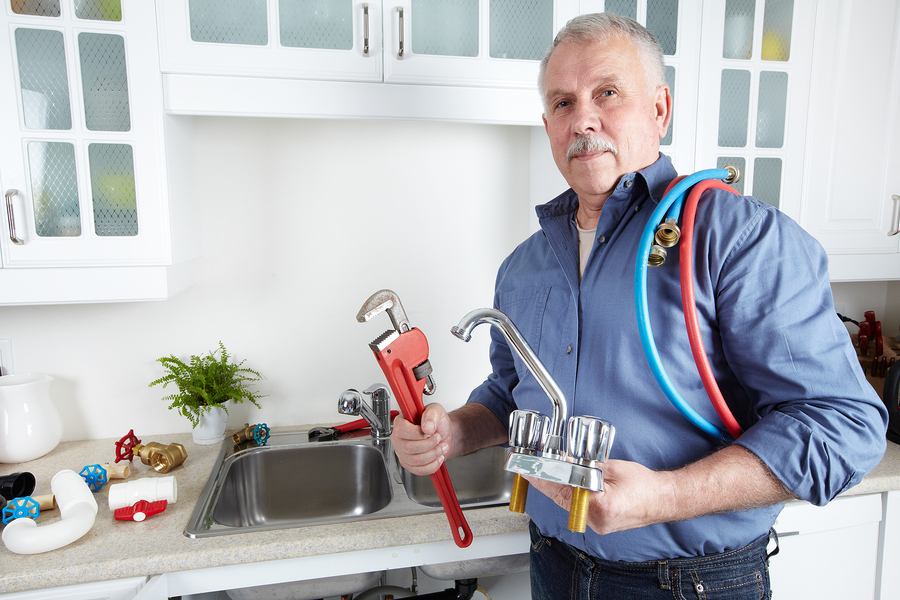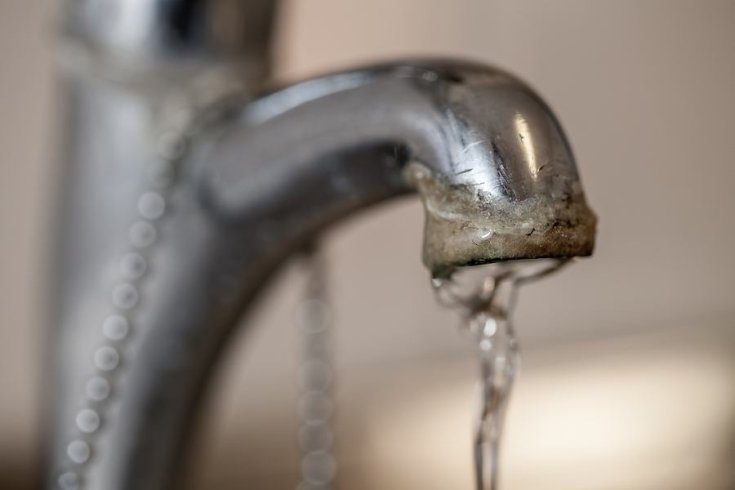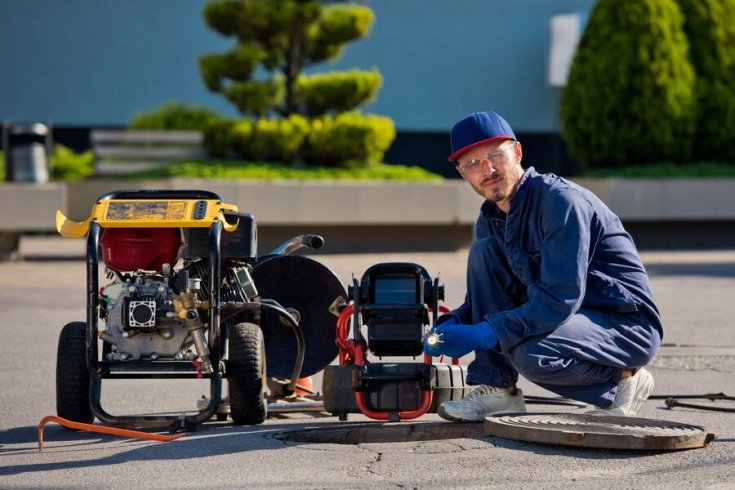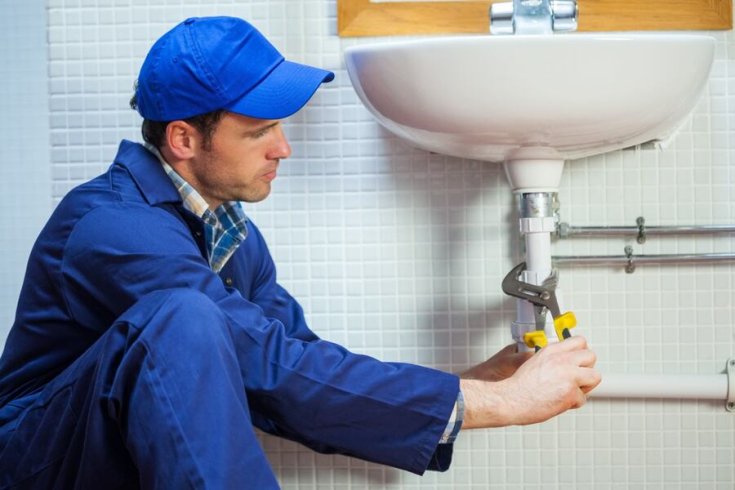How To Install a New Faucet
Installing a new faucet can be an enjoyable DIY project that brings functionality and aesthetic improvements to your kitchen or bathroom. Understanding the basic concepts of faucet installation could save money over hiring professional plumbing services if the task becomes daunting. However, if things become challenging, ask for assistance from High Speed Plumbing!
Step 1: Assemble Your Tools and Materials
Before starting, ensure you have all the required tools and materials ready. These may include an adjustable wrench, basin wrench, plumber's tape, bucket, and possibly some plumber's putty. Also important: be sure you have your new faucet with you and any installation guides or manuals that may specify additional materials or tools needed for its proper setup.
Step 2: Turn Off the Water Supply
To stay safe, locate and shut off the valves under your sink to cut off the water supply to avoid accidental overflow. After doing this, switch on the old faucet to release any leftover pressure and residual water in the lines.
Step 3: Disconnecting the Old Faucet
Start by setting aside a bucket to catch any water leakage while using an adjustable wrench to disconnect water supply lines from your old faucet. Be prepared for some to seep out, then loosen and remove all nuts, holding them securely before gently lifting your old one.
Step 4: Prepare the Sink for the New Faucet
To ensure an attractive and professional installation of your new faucet, carefully clean out where its predecessor once resided. Scrape away old sealant or putty from under it as well. Wipe away debris before wiping all surfaces with fresh, soapy water to finish this step.
Step 5: Install Your Faucet
Now is the time to put in your new faucet! If necessary, apply the plumber's putty or gasket according to its installation guide before feeding its lines through their respective holes in your sink and tighten any washers or nuts provided with your new fixture - being mindful not to overtighten as overdoing could damage both sinks and fixture!
Step 6: Reconnect Water Supply Lines
Now that the new faucet has been installed reconnect its water supply lines using the plumber's tape on threaded connections for improved sealing and leak prevention. Tighten both hands and wrench tight until snug; be wary not to over-tighten, as this could damage pipes in future installations.
Step 7: Test for Leaks
Once everything has been properly connected, carefully restart your water source. Check all connections - both faucet and supply lines connecting to valves - carefully for leaks; open any faucet to relieve air in the line while opening all faucets to let air out before checking all connections at the faucet and where supply lines connect to valves; any minor dripping should be addressed as soon as possible to prevent future complications.
Step 8: Finish and Cleanup/Wipedown
As you complete each final touch and cleanup procedure for the faucet installation, ensure it runs smoothly with all handles properly aligned. Clear any debris or tools from underneath your sink before wiping down its shiny new appearance to give a polished appearance to your new addition.
Tips for an Easy Faucet Installation
- Always Read Instructions Before Installing: Each faucet model varies significantly regarding installation requirements; please always read through and adhere to manufacturer-supplied guidelines before beginning any project.
- Take Your Time: Rushing can lead to mishaps; allow enough time between steps so all are completed accurately and successfully.
- Know When to Call in Professional Services: If complications such as corroded pipes arise or any installation stage makes you uneasy, calling professional plumbing services may be wise as they have experience managing such challenges efficiently and safely.
Troubleshooting Common Issues
- Leaks: If you notice leakage, tighten the connections slightly at first; if this does not help, disassemble and apply a fresh plumber's tape before reassembling the connections.
- Low Water Pressure: If this problem exists due to debris build-up in your lines, disconnect and flush. Check if the aerator (the screen at the faucet's end) has become blocked; clean as needed if necessary.
- Misalign Handles: Repositioning misaligning handles is often straightforward. Many can simply be carefully taken off and put back again after gently tugging off them.
High Speed Plumbing
Installing a faucet yourself can be accomplished easily with the necessary tools and patience. While DIY projects can be satisfying, professional assistance from High Speed Plumbing might be beneficial when encountering unexpected challenges while installing your new fixture. Proper installation ensures your new faucet functions effectively while looking beautiful in any space.

